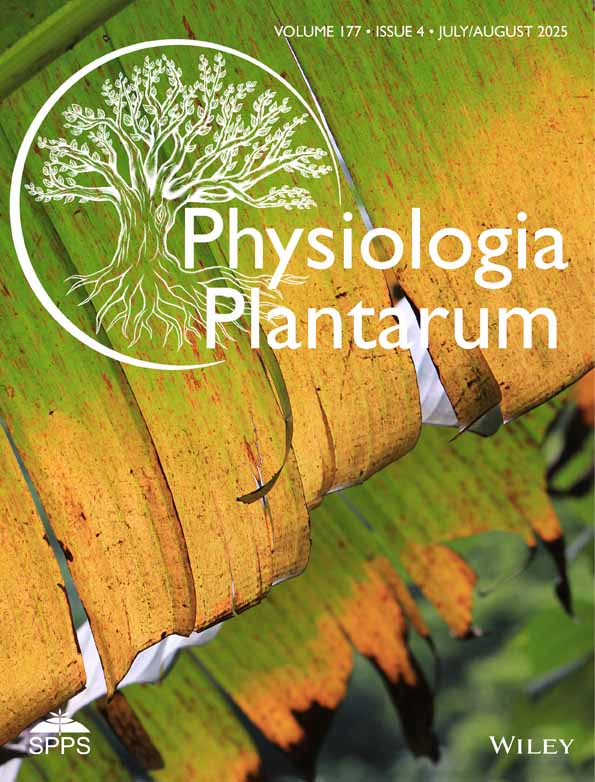The expansion of maize root-cap mucilage during hydration. 3. Changes in water potential and water content
Abstract
Root-cap mucilage from aerial nodal roots of maize has been found to have water potential values of −11 MPa or lower when air dried. The value approaches 0 MPa within 2 min of hydration in distilled water. In this time the expanding gel absorbs only about 0.3% of the water content of fully expanded mucilage. It is concluded that the root-cap mucilage per se has almost no capacity to retain water in the rhizosphere. Any function that it may play in the slowing of root desiccation would be indirect. For example, mucilage might decrease pore size between and within soil aggregates by pulling the particles together in a cycle of nocturnal efflux of water from the root surface, and diumal dyring during transpiration.
Abbreviations
-
- ΨW
-
- water potential




